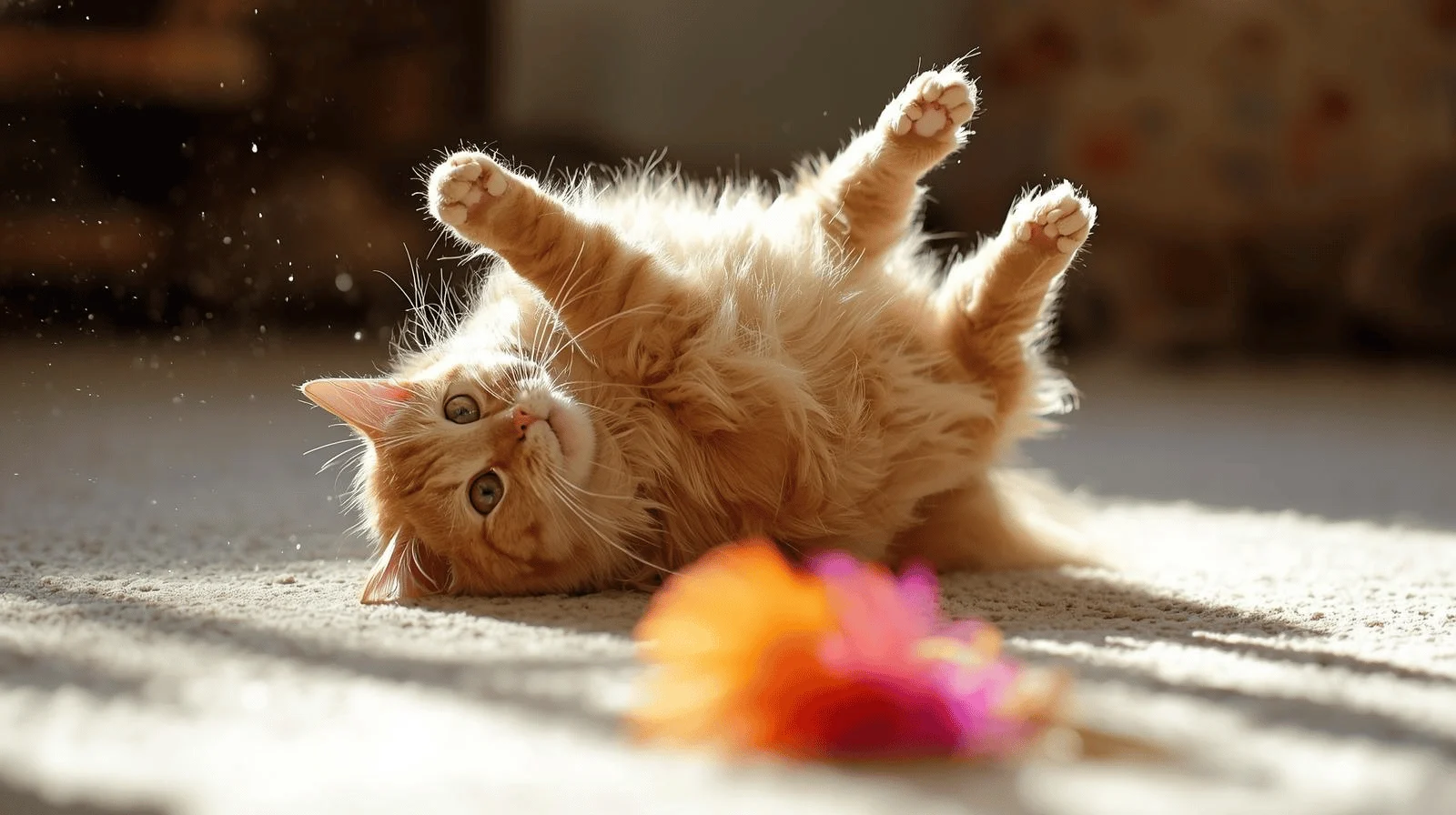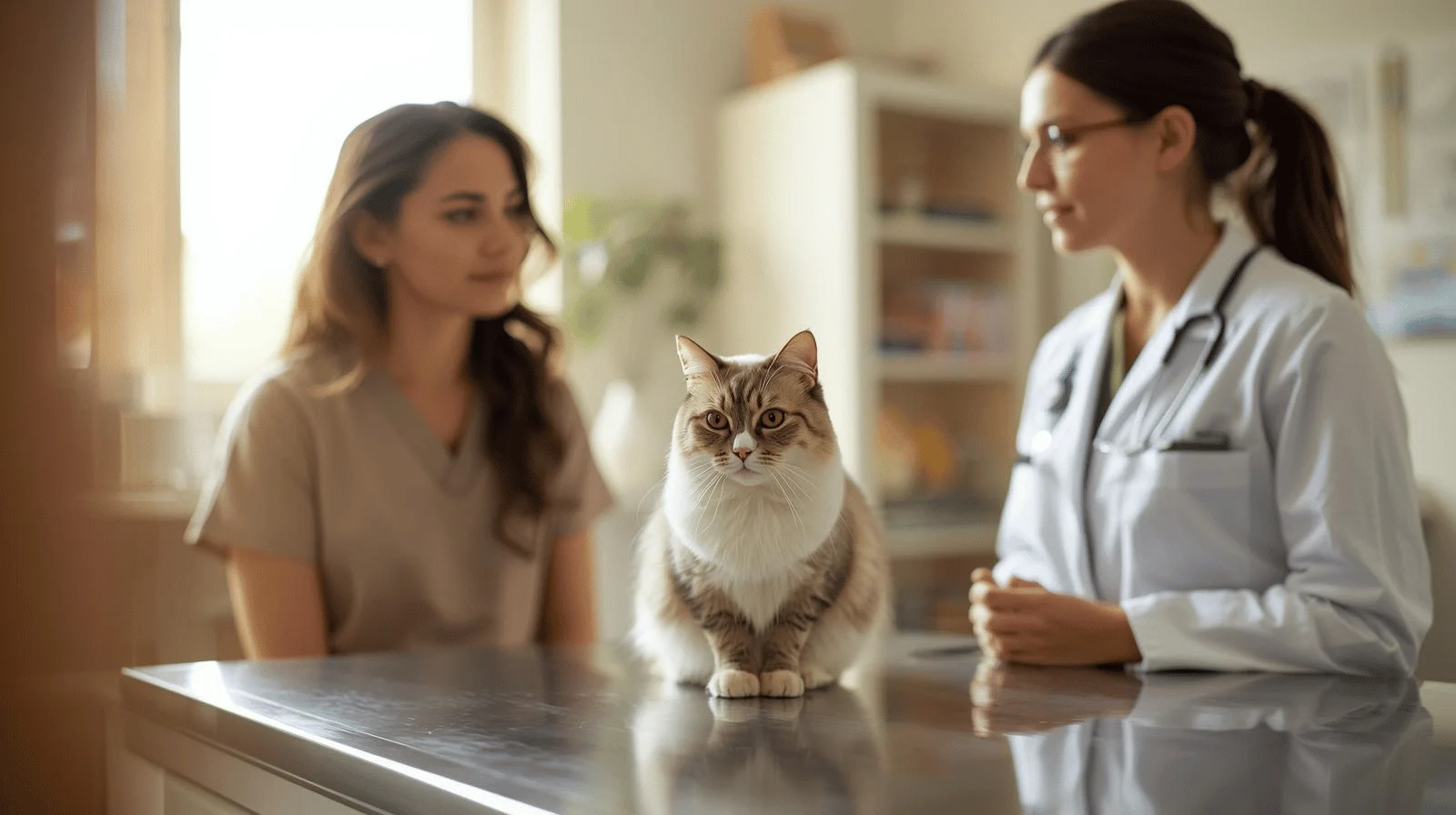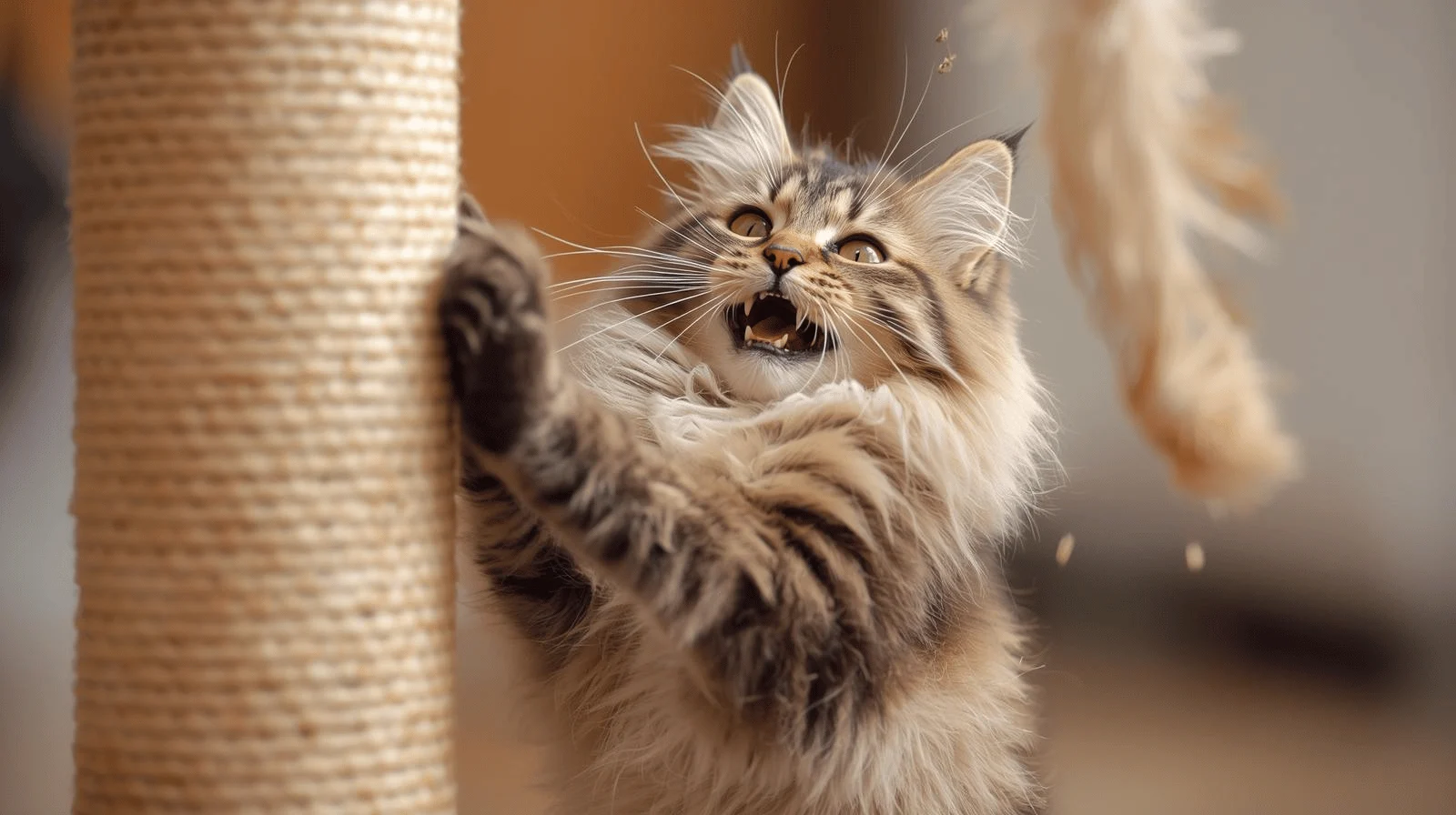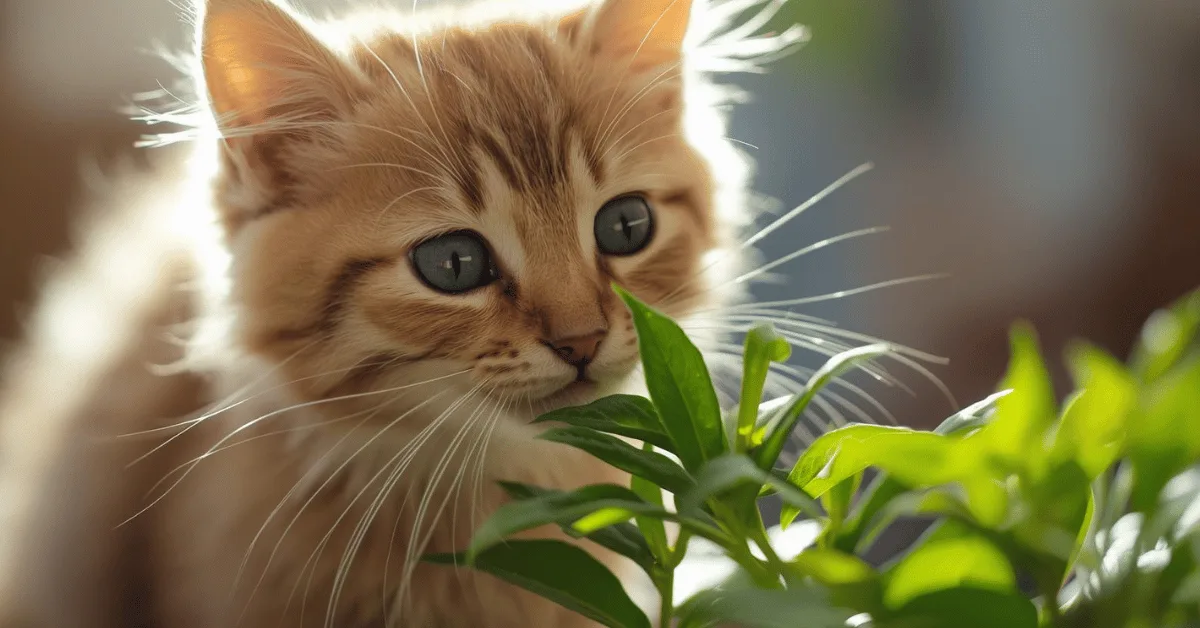If you’ve ever given your cat a sprinkle of catnip, you’ve likely seen their playful, almost euphoric reaction. From rolling and purring to darting around the room, catnip can transform a lazy afternoon into a burst of feline fun.
What Exactly Is Catnip?
Before diving into whether cats can eat catnip, it’s helpful to understand what it is. Catnip (Nepeta cataria) is a member of the mint family and contains a compound called nepetalactone, which is responsible for its powerful effect on cats. This chemical binds to receptors in a cat’s nose and stimulates their sensory neurons, often causing temporary bursts of excitement or calm.
Why Cats React Differently
Not all cats respond the same way to catnip. Genetics play a major role, and around 30–40% of cats show little to no reaction. Age can also be a factor, as kittens and older cats tend to be less responsive.
Can Cats Eat Catnip Safely?
The short answer is yes—cats can eat catnip in moderation. In fact, many cats enjoy chewing on fresh catnip leaves or nibbling dried catnip sprinkled on their food or toys.
How Much Catnip Is Safe?
A small pinch of dried catnip or a few fresh leaves is typically enough to trigger a response without overdoing it. Too much catnip, however, can lead to digestive upset, including vomiting or diarrhea.
Health Benefits of Catnip for Cats

Catnip offers more than just entertainment. It can provide several health and behavioral benefits when used responsibly.
Encourages Physical Activity
Cats that respond strongly to catnip often become more playful and energetic, which helps them stay active and avoid obesity-related health issues.
Reduces Stress and Anxiety
Catnip can also act as a natural stress reliever. Some cats respond with calmness rather than hyperactivity, making it useful during stressful events like vet visits or travel.
Possible Risks and Side Effects
While catnip is generally considered safe, it isn’t without potential drawbacks.
Overconsumption Issues
Eating too much catnip may cause mild stomach upset. If your cat shows signs like drooling, vomiting, or diarrhea, it’s best to reduce the amount offered.
Situations to Avoid Catnip
Not every situation is suitable for catnip. Pregnant cats should avoid it, as it may stimulate the uterus. Cats with certain medical conditions, such as seizures, may also need to avoid it—always check with your veterinarian if unsure.
Related Posts
- Why Does My Cat Lick Me Then Bite Me?
- Why Does My Cat Rub Its Face Against Me?
- Why Cats Bring You Dead Animals — It’s Not What You Think
- Why Do Cats Sit on Laptops and Books?
- Why Do Cats Meow at Night? 4 Fascinating Explanations
Different Forms of Catnip and Their Uses
Catnip is available in several forms, and each has unique ways to benefit your cat.
Fresh and Dried Catnip
Fresh leaves are often more potent, while dried catnip is convenient for sprinkling on toys or scratching posts. Both are safe if given in moderation.
Catnip Sprays and Toys
Spray versions can be applied to bedding or carriers, while stuffed toys filled with dried catnip are a fun way to encourage play without overfeeding.
Veterinary Advice on Catnip Use

Most veterinarians agree that catnip is safe for healthy cats when used in moderation. However, they recommend monitoring your pet’s behaviour and adjusting the amount as needed.
For authoritative guidance, you can check resources like the American Society for the Prevention of Cruelty to Animals (ASPCA), which provides reliable information on safe and unsafe plants for cats.
Common Myths About Catnip
There are plenty of misconceptions about catnip, and it’s worth separating fact from fiction.
Is Catnip Addictive?
Contrary to popular belief, catnip is not addictive. Cats may enjoy it, but there’s no evidence that they develop dependency or withdrawal symptoms.
Does Catnip Work on All Cats?
Not every cat will respond to catnip. As mentioned earlier, genetics and age play significant roles, and some cats simply aren’t affected at all.
Alternatives to Catnip for Enrichment
If your cat doesn’t respond to catnip or you’d like to rotate enrichment options, there are other safe plants and herbs that can offer similar benefits.
Silvervine and Valerian Root
Silvervine is another plant that often produces an even stronger response than catnip, while valerian root can help calm anxious cats.
Interactive Toys and Puzzles
Beyond plants, food puzzles and interactive toys can provide mental stimulation and exercise, keeping your cat engaged even without catnip.
Practical Tips for Introducing Catnip

If you’re new to giving catnip to your cat, start slow and observe their response.
Smart Ways to Use Catnip at Home
- Sprinkle a pinch on scratching posts to encourage use.
- Add a small amount to toys for playtime.
- Offer fresh leaves as an occasional treat.
Monitoring Your Cat’s Response
Every cat is different. If your cat becomes overly aggressive or shows digestive issues, scale back on usage. If the reaction is positive, you can safely incorporate it into playtime routines a few times per week.
Conclusion
So, can cats eat catnip? Yes, but only in small amounts and under the right circumstances. Catnip can enrich your cat’s life by boosting play, easing stress, and providing mental stimulation.
Frequently Asked Questions
How often can cats have catnip?
Most cats can enjoy catnip a few times per week without issue. Daily use is unnecessary since cats often build temporary tolerance, making it less effective if overused.
Is catnip safe for kittens?
Kittens under 6 months usually don’t respond to catnip, and there’s no need to introduce it early. Wait until your cat is older before trying.
Can cats overdose on catnip?
While catnip isn’t toxic, overeating can cause mild digestive upset. Symptoms like vomiting or diarrhea usually resolve on their own, but it’s best to keep portions small.
Should indoor cats have catnip?
Yes, catnip can be especially beneficial for indoor cats since it encourages exercise and prevents boredom. Toys, sprays, or scratching posts with catnip are great enrichment tools.

